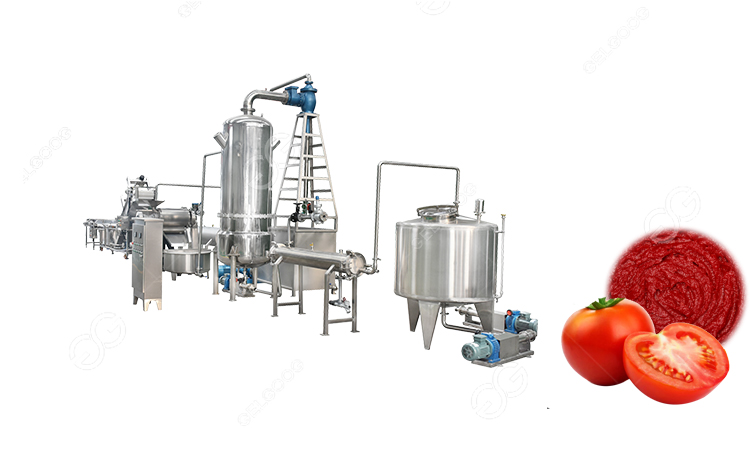What Are The Methods of Processing Tomato Paste?
Tomato paste is a versatile and widely used ingredient in the food industry, finding its way into various dishes around the world. The process of producing tomato paste in a factory involves several steps to ensure quality, consistency, and safety. In this article, we will explore the key methods employed in the industrial processing of tomato paste.

Harvesting and sorting:
The first step in tomato paste production begins with the harvesting of ripe tomatoes. These tomatoes are carefully sorted to remove any damaged or unripe fruits. Quality control at this stage is crucial to ensure a high-quality final product.
Washing and cleaning:
Once sorted, the tomatoes undergo a thorough washing process to remove dirt, debris, and any residual pesticides. The cleaning stage is critical to maintain the hygiene of the processing line and prevent contaminants from entering the product.
Peeling and deseeding:
To achieve a smooth texture in the final paste, the tomatoes are typically subjected to a peeling and deseeding process. This can be done using steam or hot water to loosen the skin, followed by mechanical removal of the skin and seeds. This step contributes to the overall quality and consistency of the paste.
Pulping:
After peeling and deseeding, the tomatoes are pulped to break down the flesh into a homogenous mixture. This can be achieved through mechanical processes such as milling or pulping machines. The goal is to create a smooth and uniform base for the subsequent concentration steps.
Concentration:
The pulped tomatoes are then concentrated to increase the solids content and reduce the water content. This is typically done through evaporation in large-scale vacuum pans. Concentrating the tomato mixture enhances the flavor, color, and shelf life of the final paste.
Heat treatment:
To ensure the safety and microbiological stability of the tomato paste, it undergoes heat treatment. This step involves heating the concentrated mixture to a specific temperature, effectively destroying any harmful microorganisms and enzymes. Proper heat treatment is essential for product safety and extends the shelf life of the paste.
Packaging:
The final step in the processing of tomato paste involves packaging the product. Depending on the intended use and market demand, tomato paste can be packaged in various formats, including cans, jars, or aseptic cartons. Packaging must be done under hygienic conditions to maintain the quality of the product.
Quality control:
Throughout the entire processing line, quality control measures are implemented to ensure that the tomato paste meets the required standards. This includes regular testing for factors such as acidity, color, flavor, and microbiological safety.
The industrial processing of tomato paste involves a series of carefully orchestrated steps to transform fresh tomatoes into a concentrated and versatile ingredient. Each stage, from harvesting to packaging, plays a crucial role in ensuring the quality, safety, and consistency of the final product. If you have any demand of tomato paste production line, leave message to us.
